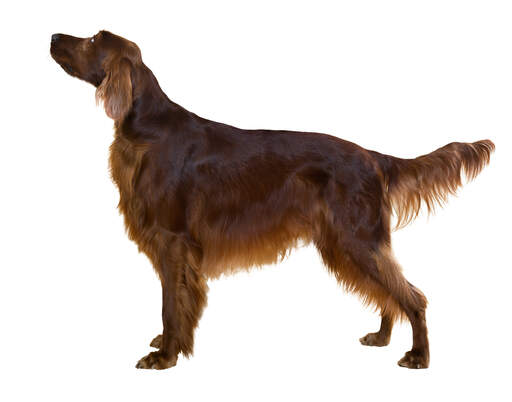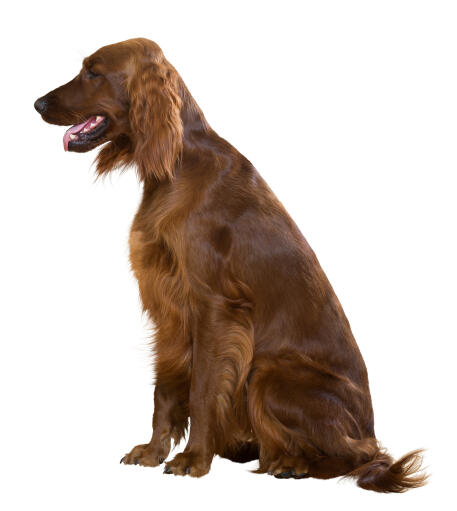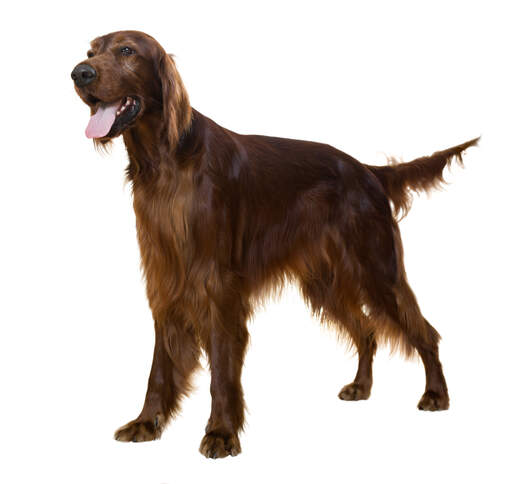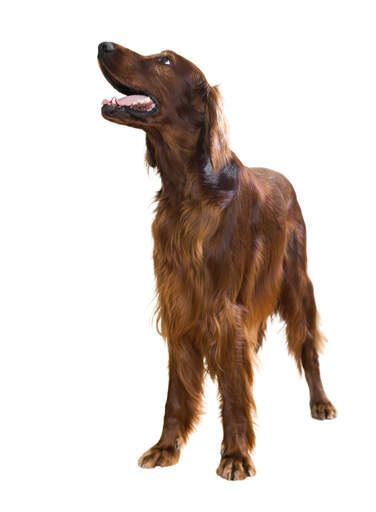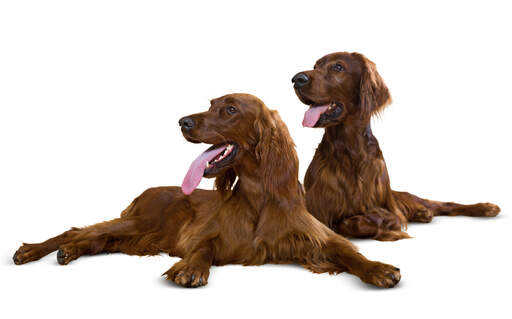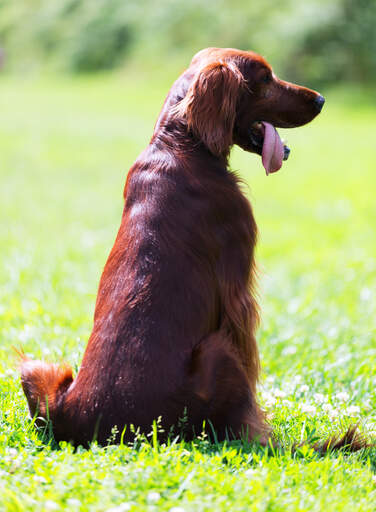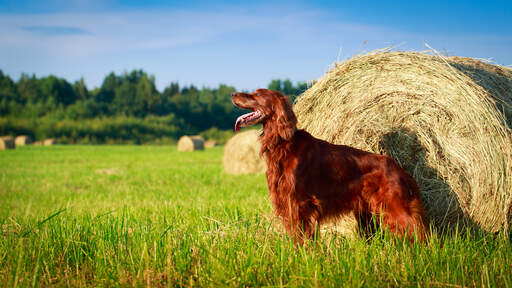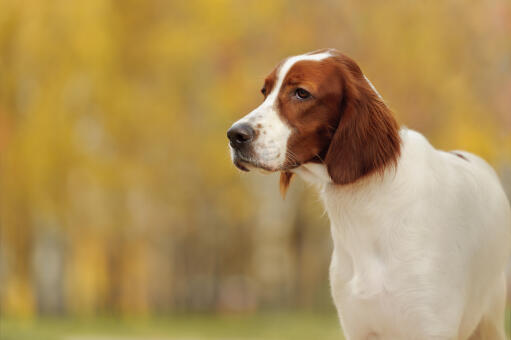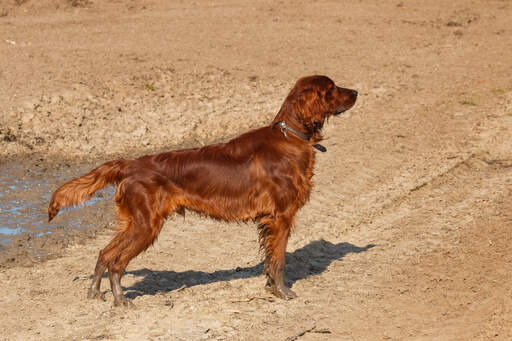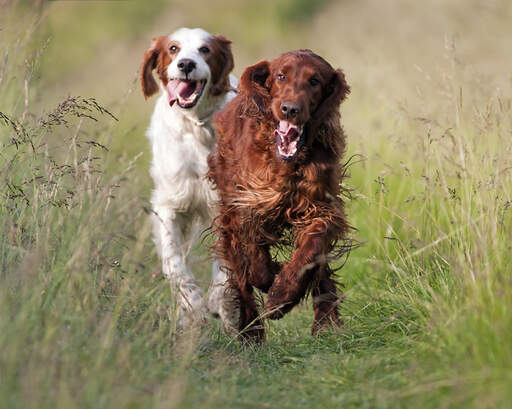Irish Setter Dogs










History
Whilst the exact origins of the Irish setter are unknown, it is most likely a cross between the English setter, Spaniels and Pointers. Hunters needed a large dog that could be seen from a distance and the rich, mahogany colour of the Setter’s coat ticked all the boxes. The first breeding kennels of Irish “Red” Setters, as they were then called, appeared around 1800. In 1862 an Irish Setter was born which was seen and not “correct” for hunting, but was well suited to showing. Champion Palmerston, as he was called, became a show dog. Every modern day Irish Setter can be traced back to this one dog. These dogs have a great sense of smell and are tireless in the field once they find a scent.
Behaviour
IIrish Setters are active dogs who love nothing more than being outside. They are kind and well-natured dogs who will be happiest running around and playing. Their energy seems to be never ending and they can walk for hours on end if given half a chance. Within a family setting they will make good pets as they are usually fine with children and other animals. They take a while to fully mature mentally and may behave like a puppy for the first 2-3 years of their lives. Due to this, some care should be taken when they are around small children as they may get too excited and knock over or somehow hurt them, by accident of course. They will alert you if someone is at the door, but more so out of interest rather than protection. Their intelligence makes them relatively easy to train and they should pick up new tricks quickly. They do have an independent streak so training will need to start from a young age in order for them to learn who is boss.
Whilst their energy level is high, a long walk each day should do the trick. When out and about their recall is usually good, but if they sense a squirrel they’ll be off at a rather impressive speed. They do need an adequate amount of exercise each day otherwise they’ll become destructive within the house. They’ll be happiest in the company of you or another dog. Their tail is constantly wagging, so make sure to keep an eye on cups on the coffee table, as they’ll wipe them out with one swift flick of their tail.
These dogs need brushing every couple of days to keep the coat looking good and trimming twice a year.
Temperament
Irish setters possess a tireless and fun-loving temperament. They love being outside exploring the countryside. They will need firm but fair training until they are fully mature (3 years old).
They are intelligent dogs who will remember everything they are taught (whether good or bad). They get on well with other dogs, but may be too jumpy/excitable for younger children.
Health Problems
Irish Setters sometimes suffer from canine hip dysplasia (CHD), progressive retinal atrophy (PRA: degeneration of the retina that can lead to blindness), bloat, epilepsy, and some cancers.
Breed Details
- Status: Common
- Life Expectancy: 11 - 12 years
- Weight: 55 - 70 lbs
- Height: 25 - 27"
- Rare: No
- Coat: Medium
- Grooming Requirements: More than once per week
- Town or Country: Either
- Minimum Home Size: Large House
- Minimum Garden Size: Large Garden
- Breed Type: Gun Dog
- Size: Large
- Energy Level: High
- Exercise Required: Over 2 hours

